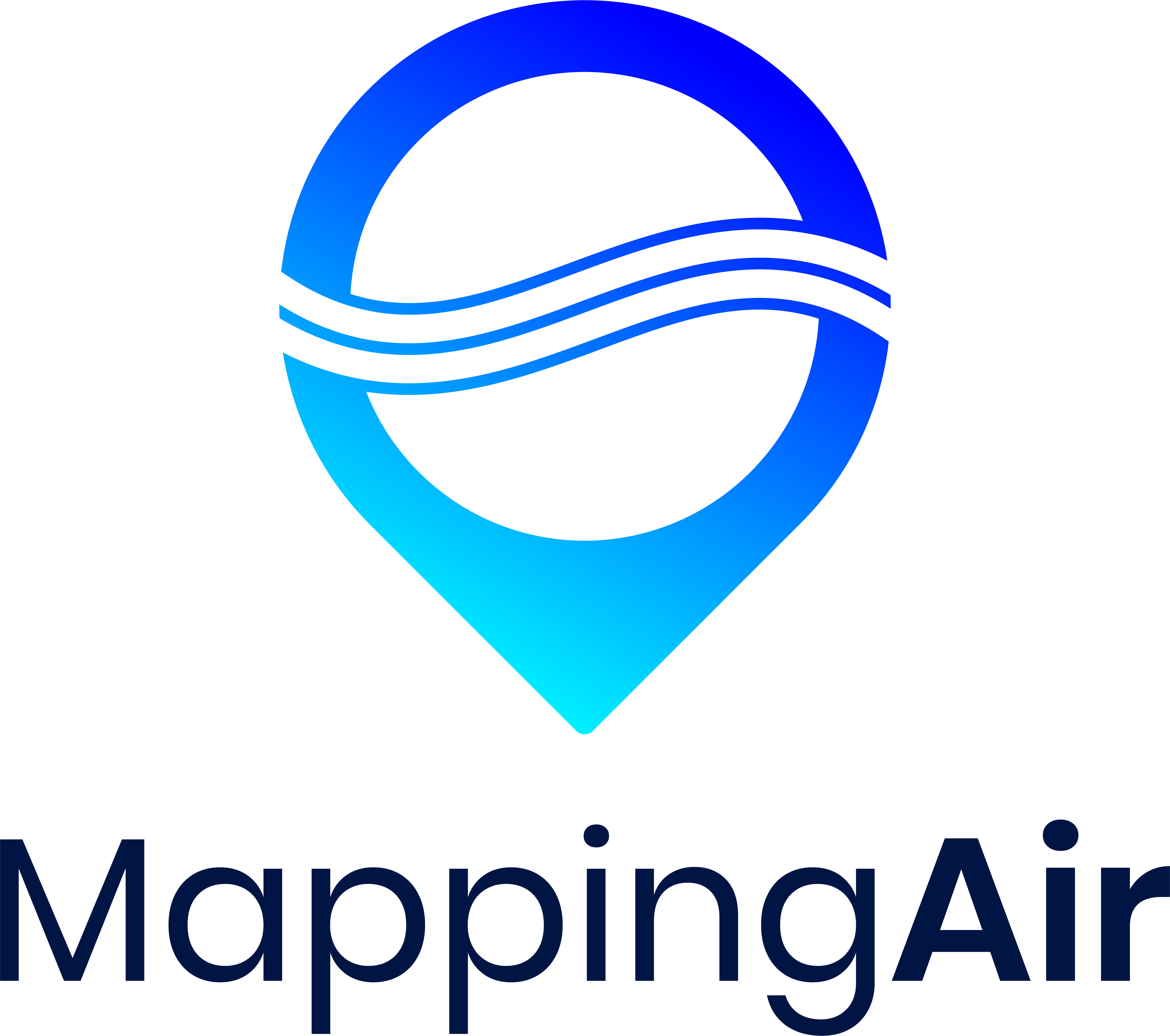The Need
Despite the negative impact air pollution on human health, the economy, and the environment, the number of air pollution monitoring stations is very limited due to the high capital cost per station. Typically, a small number of expensive monitoring stations are installed in cities for collecting high-quality air data.
The awareness of the citizens around air quality means that it is no longer acceptable to consider an air reference site located 10 kms away as having any relevance to the air they are breathing.
For this reason, low-cost air pollution sensors are attracting more and more attention among institutions and citizens: they offer air pollution monitoring at a lower cost than conventional methods, in theory making air pollution monitoring possible in many more locations.
However, the current accuracy of the low-cost electrochemical sensors is low because they are sensitive to several pollutants and to different factors such as temperature, relative humidity or sensibility degradation.


